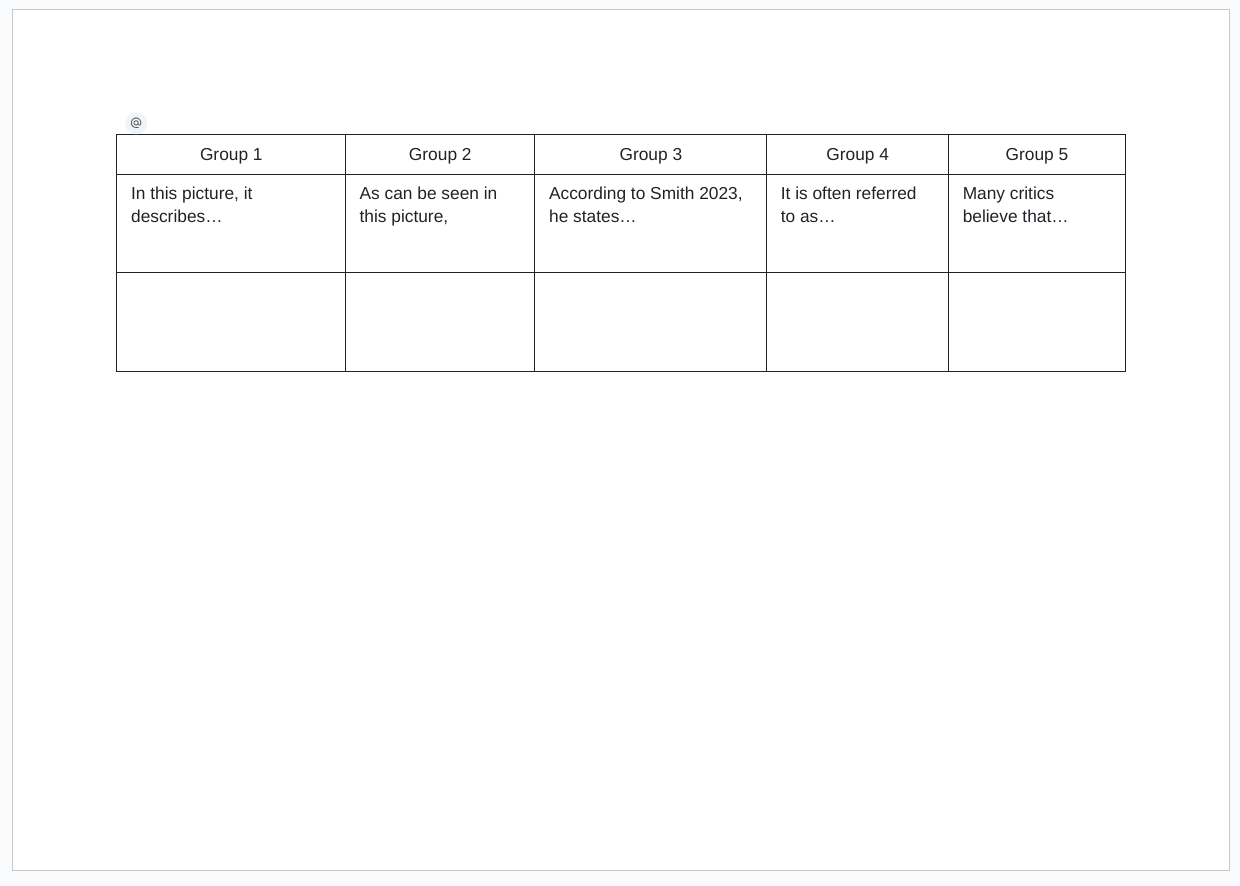In this post, I’d like to share about how I maximize the time in the classroom to set my students up for success.
Jan 27, 2024

Table of contents
As teachers, we often use the phrase "classroom management". We talk about it with our peers. We discuss it at professional development sessions.
Classroom management is about fostering a positive and organized learning environment. Effective classroom management addresses both the academic and emotional needs of students. The goal is to create an environment where students can focus, feel safe and respected. This sets students up for success both academically and socially. It lays the foundation for a thriving educational experience.
In this blog, I will share why effective classroom management is crucial and 5 tips to achieve it.
Effective classroom management sets the tone for the learning environment. It maximises learning time. Teachers can focus on teaching and facilitating discussions. Students have more time to engage in meaningful activities.
In a well-managed classroom, expectations are clear and rules are consistently enforced. Students feel safe, supported, and respected when behavioural issues are addressed and prevented.
Many will resonate with the pain of bad classroom management. A lot of effort is wasted trying to get students' attention and get them to participate. They become disengaged and even disruptive in class.
Effective classroom management helps build rapport with students. It fosters positive relationships between teachers and students.
As a result, students feel respected and valued. The classroom culture is more supportive and inclusive.
At the start of course, I see students sit in the same spot and interact with the same people every lesson. As I work to build trust with my students, I also observe that trust also develops between students. As the course progresses, I see the same students go out of their way to help others in need. I see them meet and discuss about the class afterwards.
Building rapport also helps develop a sense of community and ownership. Both in the classroom and outside of it. This sense of community enhances cooperation, collaboration, and mutual respect among students.
ESL classrooms consist of students with various cultural, social and economic backgrounds. Many colleagues have shared how their students don't interact due to their differences. Students need a culture and an environment where they belong and feel respected. A well-managed classroom provides a safe space for students to express themselves and share ideas.
Here are 5 tips for effective classroom management
Whilst planning activities for your lesson, pre-decide 2 things ahead of time.
I've seen many lesson plans with a duration for each activity but not actual start times. Pre-deciding the start time for each activity may seem redundant. But here are the benefits:
My favourite way to do this is to find a video on Youtube and include it my slides. Slides Generator makes it easy to add slides with video.
Here are the benefits of doing this:
For example, I start my lessons with a warmer then homework checking. These are the benefits of fostering a familiar routine:
This could be as short as 5 minutes after a major activity. Incorporating mini breaks after major activities has the following benefits:
Why Google Docs? I've found that most students just know how to work intuitively with it. Whereas with Google Slides, they seem to take a lot longer to work out how to use it.
One of my favourite activities is creating a table and getting students to work in groups on one of the columns. Here's an example:

This allows me to monitor students' work at a glance and leave comments. Students can see immediate feedback. Seeing their peers at work also helps them focus better.
Sometimes when you ask students to collaborate, only one student per group does the work. With Google Docs, I can see if all students are contributing. I can quickly help if needed.
Effective classroom management can be achieved by making small changes. By taking small steps, you will reap the rewards as you see your students thrive in a community of trust and respect. Classes will be more engaging and less stressful. Effective classroom management may require trying some new things but it is totally worth the time and effort.